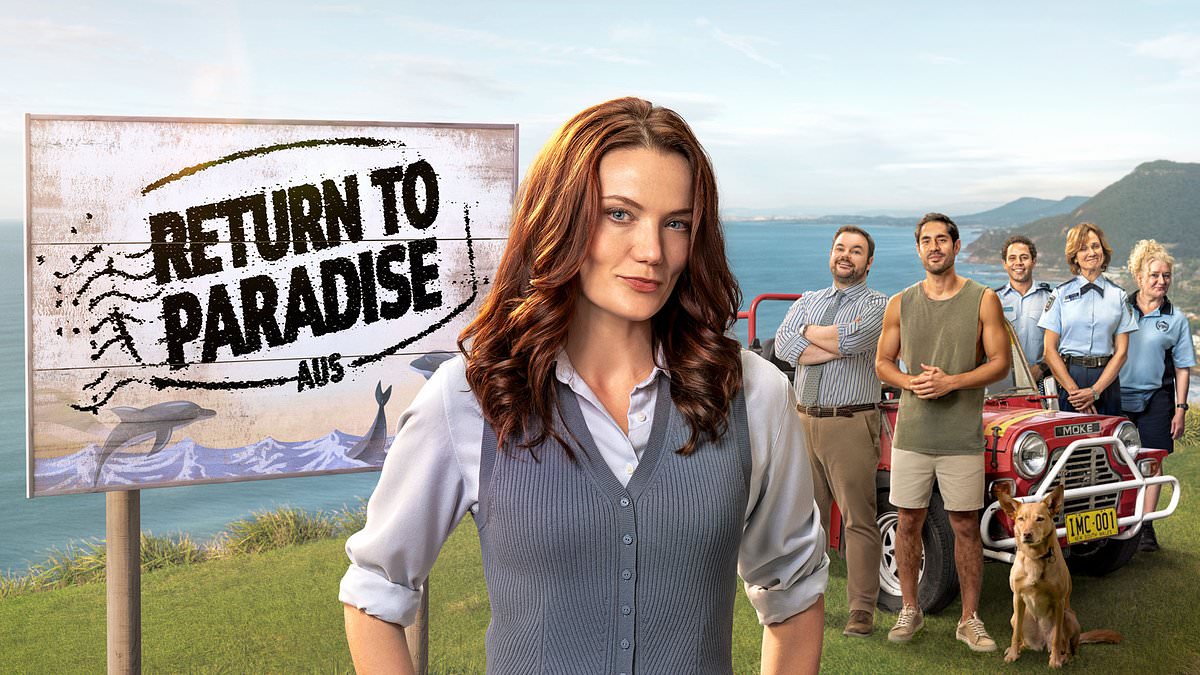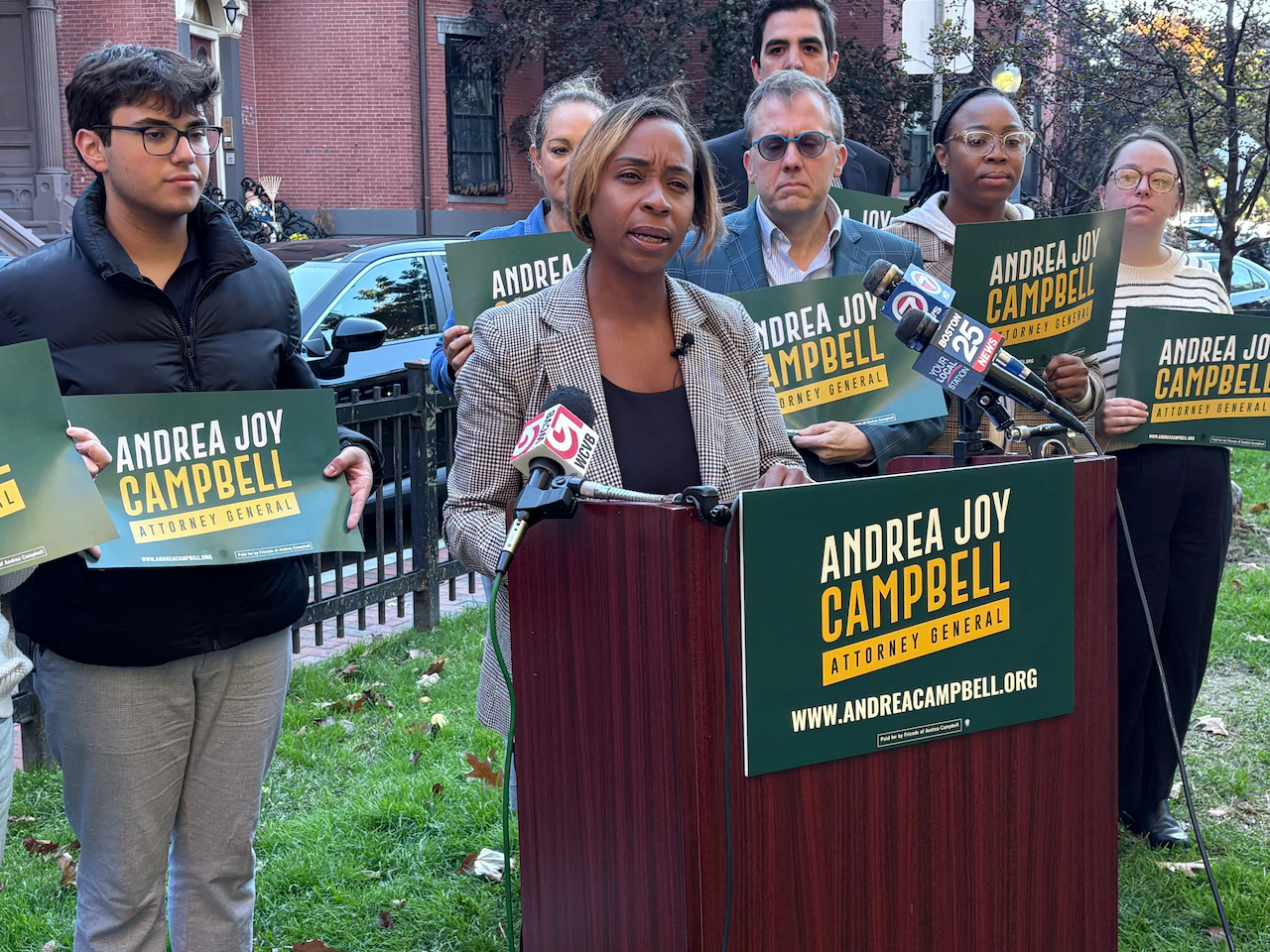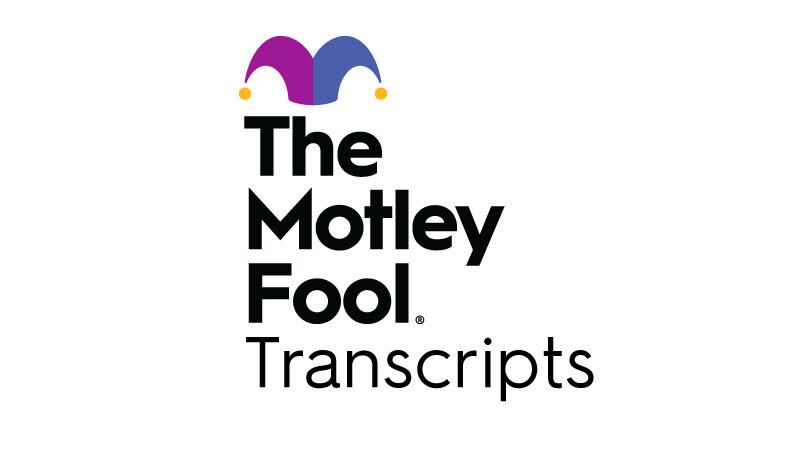Copyright imt

Patients are having a moment, I’m not even sure if you’re allowed to sit down for lunch in the HSE unless a patient sits at the table with you. Giving you a step by step breakdown of how your lunch is impacting them, how the lunch-lady never listens, how they’ve been given the wrong lunch, culminating in long stories of the pain and misery the whole canteen has caused them. But they finish on a high note about how together we can make the perfect lunch, enough for all, a variety to suit every hunger imaginable, and make it all free. I am gently ribbing patients, we are regular human beings whose common currency happens to be suffering and disease. But we are not entirely fuelled by outrage and despair, although that has its place, we also have a lot of important feedback, we have ideas, solutions, a strong will to improve, and we’re not afraid to talk about what’s not working. Global policies from the European Union, WHO, CDC, etc are placing an emphasis on involving patients e.g. mandated positions on advisory boards, steering committees, research proposals, trial protocols, strategy frameworks, policy roadmaps, etc. I believe the aim is to build the patient’s perspective into the healthcare process and systems. The WHO has made engagement a key pillar of its global health strategy through 2030. As we live in a more accessible world the public at large are looking to become more involved, and be part of changing the face of healthcare. If social media taught us nothing, it’s that collab is king! Every rational-minded person will applaud this inclusivity endeavour, but what we forgot to factor in is when a mish-mash group of people are brought together they will start to form hierarchies. This isn’t necessarily a good or bad thing; social organization has been around since the first hominid stood up and said “Too slow bro, I rule!” At two recent meetings I noticed time put aside to talk about the political hierarchy within the patient rep world and how that may influence involvement and others’ perception of patients. You’ve got your lived experience patient (a person with a diagnosis that attends a healthcare setting regularly), a member of the public (not an active patient but an occasional user of the system, usually with a vested interest or certain skills), a patient advocate (a person who advocates on behalf of patients, perhaps tied to a patient organisation or private industry, they may be a patient themselves but often not), a carer (looks after the patient but is not the actual patient themselves) a patient lead (someone who focuses on representing the patient, perhaps in academic circles, but is often not a patient themselves), a patient partner (might be a patient or not, might be someone already working in the organisation that can help practically and not just an advisory role), a community leader (may not be a patient, but represents a particular community). That’s a lot of colours of the rainbow, and within those groupings there are the good, the bad, and let’s face it, the ugly (again, gently ribbing, patients can take it, we’re hard, not ugly). I do notice a difference; the lived experience rep can be focused on how a patient is made to feel physically and mentally, the public person can be more interested in the bigger picture, an advocate concentrates on patients rights, a carer might be more interested in how to navigate the system, a patient lead may look at policies, a partner may focus on operations and a community leader on leadership. These are broad strokes but a testament that maybe we need to mix it up with different types of patients. Interestingly, a form of snobbery among patients exists, with some feeling they are more appropriately suited for the seat at the table. If we all turn up to the table, who gets to sit down. Or do we simply need more seats? A fascinating perspective is how others at the table perceive the patients. If you are a patient rep from academia, are you taken more seriously among fellow meeting attendees from a similar professional background? I’ve also wondered about the frequency with which we’ll see the same representatives rolled out – does familiarity breed complacency? I sometimes worry about ‘professional patients’ who have become more connected with the healthcare provider than the people they represent. I am a strong believer that a patient with a lived experience should be present, as no-one else can truly understand those circumstances. If you were a baked beans producer would you ask for input from the person who eats the beans or the person who watches beans being eaten? However, I have also seen with my own eyes that non-patients can bring insight, strategy and an understanding to forums, a set of skills with which not all of us are blessed. Sometimes the people eating the beans aren’t the only people powered by gas! Even within the patient groups there can be the usual unappealing cliques that form; the out spoken, the intense, the self-appointed comedian (don’t look at me!). There can be the flutter of support for some popular people in the group talking gibberish followed by radio silence for others who talk sense. This is the nature of groups, people jostling to find their role. A lack of structure can sink a shared endeavor (and a ship). While it is wise to be discerning about the groups you join, the truth is that you can’t always stay on safe land; sometimes, you have to jump on board to make a difference. That is a lot to digest, and this is the reason why I’m not the group comedian. Overall, of course, patients in any form should be an integral part of our healthcare system. It’s genuinely heart-warming to see patients and public in the mix; leading, designing and disseminating our healthcare partnership of progression. Finding your way in group dynamics can feel disruptive but it’s actually a natural part of group formation that brings people together. Perhaps through the acknowledgement of the hierarchies and the politics within them, which I have seen starting to emerge, this dialogue will lead to insights on how to manage the growing patient rep ecosystem. Yes, there are roles, labels and cliques to grapple with but we are all pushing in the same direction, we all respect each other and when we work together, mountains move. I think it’s a testament to our patienthood that we are evolved enough to recognize there are many prongs in our fork, we have so much to offer we even have hierarchies within our hierarchies. Partnering with patients can be complex and it should be intentionally managed, that’s the nature of the beast. But it is worth it to strive for a healthcare system that works well for as many people as possible, even the comedians.



